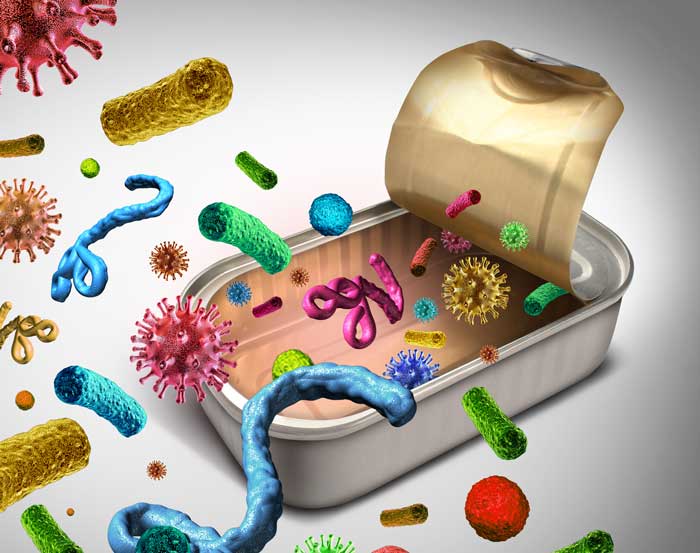A foodborne illness is a disease transmitted by food to people. An illness is considered an outbreak when two or more people report the same symptoms after eating the same food, an investigation is conducted by regulatory authorities, and the outbreak is confirmed by laboratory analysis. Each year millions of people get sick from unsafe food. A food safety management system can prevent these kinds of outbreaks and save a company thousands of dollars.
The Cost of a Foodborne Illness to a Company
Foodborne illnesses cost billions of dollars each year in the United States. The costs can be broken down as follows:
– Loss of customers and sales
– Negative media exposure
– Loss of reputation
– Lawsuits and legal fees
– Increased insurance premiums
– Staff missing work
– Lower staff morale
– Staff retraining costs
More important than the monetary loss is the human cost. Victims of foodborne illness may experience lost work, medical costs, long-term disability, and even death.
How Foodborne Illnesses Occur
Unsafe food is usually the result of contamination, which can be broken down into 3 categories.
– Biological contaminants are pathogens such as viruses, parasites, bacteria, or fungi.
– Chemical contaminants can include cleaners, sanitizers, and polishes used incorrectly.
– Physical contaminants are foreign objects that get into food, such as bag ties, dirt, glass, metal shavings, and any number of things.
Food becomes unsafe if food handlers make mistakes. The 5 most common mistakes, or risk factors that cause a foodborne illness are
– Purchasing food from unsafe sources
– Failing to cook food correctly
– Holding food at incorrect temperatures
– Using contaminated equipment
– Practicing poor personal hygiene
How a Food Safety Management System Can Help
A food safety management system is a group of practices and procedures put in place to actively control risks and hazards throughout the food process and ensure regulatory compliance. One such system is a Hazard Analysis Critical Control Point (HACCP). An effective HACCP is written specific to each operation for ISO standards. The way a HACCP works is by setting up a system based on 3 steps:
1) Identify and evaluate the hazards by conducting a hazard analysis and determining the critical control points (CCP).
2) Controlling the hazards by establishing critical limits, monitoring procedures, and identifying corrective actions.
3) Verify the effectiveness and maintaining the HACCP plan by establishing procedures for record keeping and documentation.
A safety management system for food can ensure regulatory compliance to ISO standards by actively controlling risks and hazards throughout the food process. Significant biological, chemical or physical hazards are identified at specific points. Once identified, these hazards can be prevented, eliminated, or reduced to safe levels. Record keeping and documentation will help maintain your plan.
Setting up an effective management plan on your own is not easy. Hiring an ISO expert, such as Ledge Inc. to help your company implement an effective plan will keep both your business and the public safe from foodborne illnesses.
In need of assistance with developing your Food Safety Management System? Contact Ledge today for assistance.


